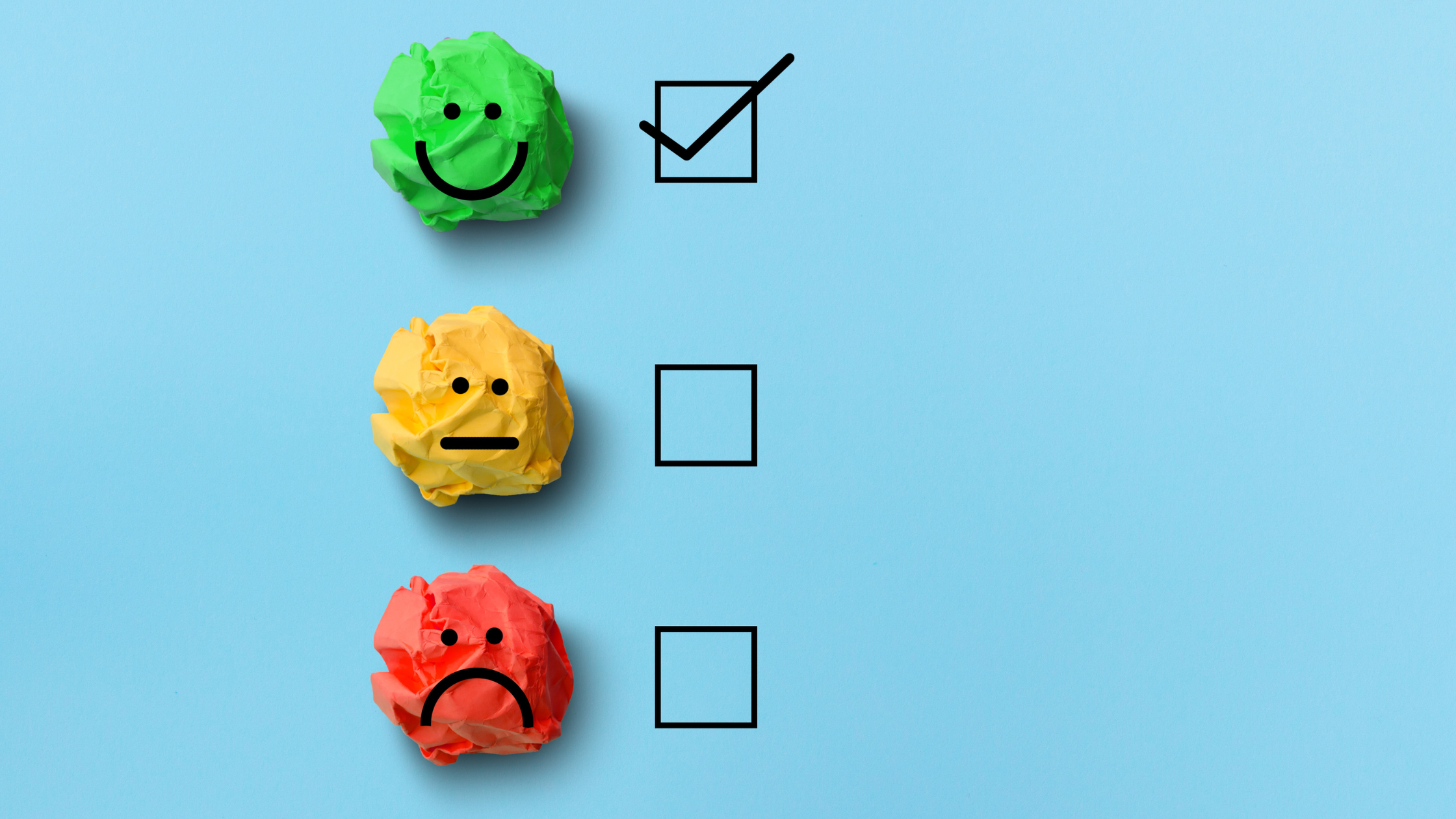Burnout at the Workplace and How to Prevent It
June 6, 2024
|
5 min read
.jpg)
Do you know if your employees are feeling burnout? Have you noticed any of the negative effects that burnout has on the workplace? In this article, we will cover everything you need to know about burnout from the causes, the metrics you can use to determine if your workforce is suffering from it and how to put together a plan to prevent burnout and allow your organization to flourish.
Burnout is defined by the World Health Organization (WHO) as “a syndrome conceptualized as resulting from chronic workplace stress that has not been successfully managed. Three dimensions characterize it:
- Feelings of energy depletion or exhaustion
- Increased mental distance from one’s job, or feelings of negativism or cynicism related to one’s job
- Reduced professional efficacy
According to a survey run by Gallup, nearly two-thirds of full-time workers are dealing with burnout at some point while at work. Burnout is a major issue affecting all organizations globally and the statistics prove that your HR team should be looking into and working on the best strategy to reduce and ultimately prevent burnout within your organization.
Causes of burnout within organizations
While there are a number of issues that can contribute and lead to burnout, it is most likely to arise when employees are:
- Balancing heavy workloads with tight deadlines
- Working long hours and overtime without adequate compensation
- Discouraged from taking holidays and time off
- Facing unclear expectations
- Lacking healthy boundaries from management
Left unchecked, burnout will negatively affect the personal lives of your employees, as well as spread almost contagiously throughout your organization. Burnout leads to lower productivity and employee engagement and when employees work at half capacity, the overall quality of the work suffers, putting you at risk of losing top performers on your team.
Three Strategies for HR Leaders to Assess and Prevent Employee Burnout
As an HR Manager, it is your goal to help employees by establishing a healthier workplace in which employees will thrive, without burning out. Here are 3 ways to do just that:
1. Run engagement surveys
Engagement surveys are the ideal first step in detecting and preventing burnout. They give insight into experiences through which you can pinpoint stressors and causes of burnout as well as create appropriate, preventive initiatives to reduce stress.
2. Train managers to recognize early signs of burnout.
Managers are the most consistent point of contact with their teams, making them well poised to spot burnout early. Manager-employee relationships should be supported by regular 1-2-1 meetings, huddles and weekly updates to check in and ensure things are running smoothly. When managers become aware of indicators that contribute to workplace burnout, they can suggest the right interventions to help at the team and company levels.
3. Create and maintain a healthy company culture.
Company culture is an important tool that impacts how effective your team is at working together as a unit. Good culture will keep people feeling safe and supported, which leads to higher engagement. Toxic culture will make inefficiency and burnout a problem. HR teams can ensure the health of your company's culture by leading with purpose and keeping clear communication about the importance of work-life balance.
Next steps
Burnout is preventable with the help of an employee engagement platform that can be tailored specifically to your needs. The Engagesoft team will be happy to give you a demo of how you can leverage Engagesoft to survey your employees, and gain access to a rich set of dashboards and reports to identify the best plan of action needed to predict, prevent burnout as well as drive higher employee engagement within your organization.

.jpg)
.jpg)
.jpg)

.png)
.png)